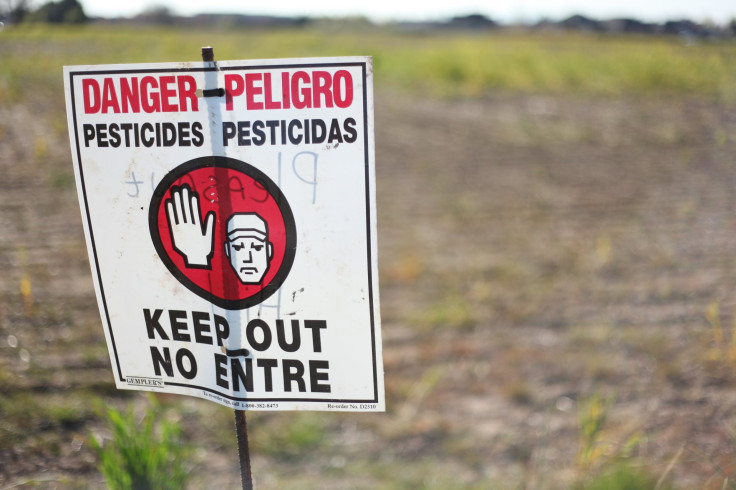Researchers Warn Expectant Mothers About Laundry List Of Toxins That Increase Risk Of Autism In Their Children

Expectant mothers need to be on the lookout for an extensive list of environmental toxins in order to minimize their children’s risk of developing an autism spectrum disorder (ASD), according to a new analysis published Wednesday in the European Journal of Neuroscience.
The study authors reviewed the best evidence to date on the link between environmental factors and ASD, keying on chemicals commonly found in three specific groups of products as likely candidates for increased risk: air pollution, pesticides and consumer products such as cosmetics or plasticware.
“The products that we use on a daily basis, such as creams and cosmetics, contain chemicals that could potentially affect a developing baby during pregnancy,” said study author Professor Dorota Crawford in a statement. Crawford and the rest of the authors are researchers at the School of Kinesiology and Health Science at York University in Toronto.
Though the risk factors behind ASD are complex and intertwined with one another, Crawford and her colleagues explained that certain chemicals found in these products are known to disrupt the production of a major lipid molecule known as prostaglandin E2 (PGE2) that is crucially “important in brain development and function.”
These chemicals may find their way into the brain through the fetus’ still maturing blood-brain barrier (BBB), a physical layer of protection that selectively filters out most substances from ever reaching the central nervous system, as well as through the placental barrier that prevents all but nourishment from reaching the fetus. It’s believed these chemicals can hijack the transport systems nestled in each barrier, discreetly hitching a ride along to the brain where it can wreck havoc with the signaling pathways of PGE2. That in turn can “trigger atypical brain development and lead to neural pathologies such as ASDs,” the authors concluded. Since the BBB and the placental barrier aren’t up and running until around the 10th week of pregnancy, the authors believe that might represent the start of the fetus’s most vulnerable period of increased risk.
The laundry list of toxins referenced include diesel exhaust and tobacco smoke; organochlorine pesticides like DDT — which have been outdated in the United States for years but still linger in the environment; phthalates, which can be found in everything from lotions to cream-based dairy products; and heavy metals such as lead, cadmium and mercury. For those wondering, vaccines were not cited as a source of the latter by Crawford and her team. And as aforementioned, these environmental factors work in concert with other influences such as our specific genes to heighten ASD risk.
Though, there’s a wide swath of evidence tying these chemicals to ASD — some of which Medical Daily has reported on — the researchers caution that there remains work to be done on determining the strength of that relationship.“Specific concentration ranges for chemicals and the duration of exposure in humans still need to be established through research,” explained Crawford.
Just because we aren’t sure of how dangerous these chemicals may be, however, doesn’t mean soon to be mothers shouldn’t take as many precautions as they can. “We recommend that women learn about health effects from exposure to chemical substances in the environment,” advised lead author and PhD candidate Christine Wong. One readily available source of information endorsed by the authors is the Integrated Risk Information System (IRIS) database created by the US Environmental Protection Agency.
Source: Wong, C, Wais J, Crawford. Prenatal exposure to common environmental factors affects brain lipids and increases risk of developing autism spectrum disorders. European Journal of Neuroscience. 2015.
Published by Medicaldaily.com



























